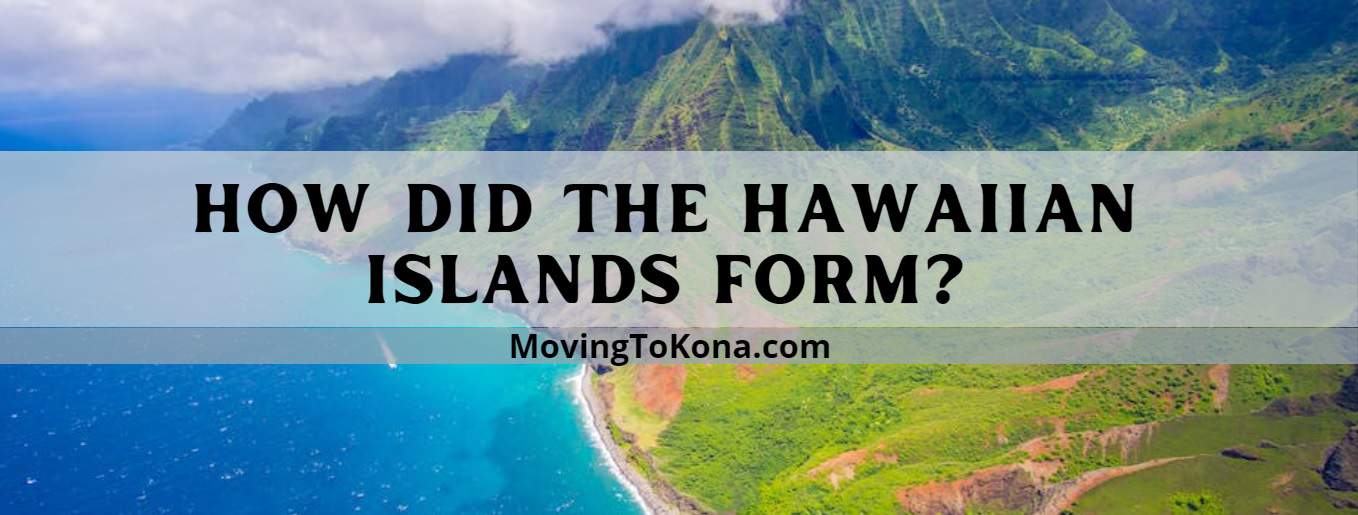How Did the Hawaiian Islands Form?

How Did the Hawaiian Islands Form?
The Hawaiian Islands were formed through a geological process known as hotspot volcanism. The islands are located in the middle of the Pacific Plate, which is a tectonic plate that moves slowly over a stationary hotspot deep within the Earth’s mantle.
What is a Volcanic Hotspot?
The hotspot is an upwelling of extremely hot magma from the Earth’s mantle. As the Pacific Plate moves over the hotspot, it creates a chain of volcanic islands. Each island forms as the magma rises to the surface, erupts through the crust, and accumulates layers of solidified lava over time.
How Did the Other Islands Form?
The oldest and northwesternmost island in the Hawaiian chain is Kauai, estimated to be about 5.1 million years old. Moving southeast along the chain, the islands become progressively younger, with the Big Island of Hawaii being the youngest and still actively growing due to ongoing volcanic activity.
As the Pacific Plate continues to move, the hotspot remains fixed, resulting in a linear chain of islands. Over millions of years, as the volcanoes become dormant and erode, coral reefs grow around the submerged volcanic islands, creating fringing reefs, barrier reefs, and atolls.
This process has repeated multiple times, creating the distinct islands and atolls that make up the Hawaiian archipelago today. The formation of the Hawaiian Islands is a testament to the dynamic nature of Earth’s geology and the ongoing volcanic activity associated with hotspot activity.

